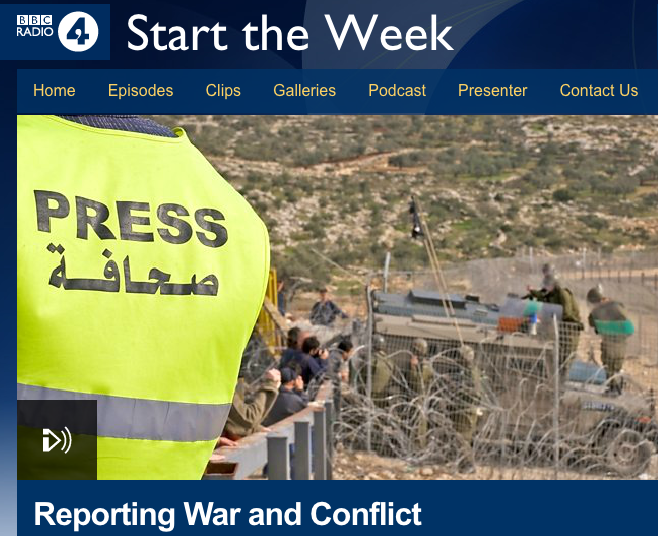 In a telling scene from Mike Chinoy’s documentary, “Assignment China: The Week that Changed the World,” an oral history of Richard Nixon’s historic 1972 visit to the PRC, American Journalist Ted Koppel describes Nixon’s first view of Great Wall.Along the wall were families on blankets, listening to radios, snapping pictures, and doing all the things that you’d expect to see on a casual day out. The TV people got their pictures, Nixon saw the Great Wall (“I guess you’d have to conclude,” he commented, “That this is a great wall,”) and everyone seemed to ignore the curious fact of a leisurely crowd enjoying their day out despite cold temperatures that drove Walter Cronkite to wear electric socks. A suspicious Koppel hid behind trees until the press vans departed, and watched as Communist party vans pulled up behind them to sweep away the crowds and take back the cameras, radios, and tape recorders that they had handed out.When journalists complained about the barrage of staged media events, Nixon’s staff shrugged them off. “We’re in China,” they said, “We’ve got to do it the Chinese way.” But the upcoming 1972 election, and China’s desire to appear modern (it constructed a Western-style TV studio for the purpose of the visit) created a mutual sense of purpose between the two nations: Nixon and China’s interests aligned perfectly when it came to media management.
In a telling scene from Mike Chinoy’s documentary, “Assignment China: The Week that Changed the World,” an oral history of Richard Nixon’s historic 1972 visit to the PRC, American Journalist Ted Koppel describes Nixon’s first view of Great Wall.Along the wall were families on blankets, listening to radios, snapping pictures, and doing all the things that you’d expect to see on a casual day out. The TV people got their pictures, Nixon saw the Great Wall (“I guess you’d have to conclude,” he commented, “That this is a great wall,”) and everyone seemed to ignore the curious fact of a leisurely crowd enjoying their day out despite cold temperatures that drove Walter Cronkite to wear electric socks. A suspicious Koppel hid behind trees until the press vans departed, and watched as Communist party vans pulled up behind them to sweep away the crowds and take back the cameras, radios, and tape recorders that they had handed out.When journalists complained about the barrage of staged media events, Nixon’s staff shrugged them off. “We’re in China,” they said, “We’ve got to do it the Chinese way.” But the upcoming 1972 election, and China’s desire to appear modern (it constructed a Western-style TV studio for the purpose of the visit) created a mutual sense of purpose between the two nations: Nixon and China’s interests aligned perfectly when it came to media management.
The Chinese pulled last-minute events without alerting the press – such as an historic meeting between Nixon and Mao – and then broadcast an anti-capitalist ballet on American network television. Nixon used the Chinese antipathy toward the press to settle his own scores, including an attempt to blacklist his two most-hated newspapers. And the media went along with guides, translators and de facto regulators provided by the Communist party.
Most journalists interviewed for the documentary acknowledged that they were fed carefully orchestrated spectacles for the Americans at home. While some journalists made a great show of pulling back the curtain on the political theater, many seemed to acknowledge it as the price to pay for access.
While the Chinese regime was crafting state-designed spectacles to mask the limits of its power, the Nixon administration was more than content to use the spectacle of China as a distraction from the political event it really was- as one savvy journalist describes it, a historic campaign trip. Chinoy suggested that in the end, most of the journalists found the trip to be worthwhile, despite the frustrations, simply for the benefits of opening the door into China.
It is difficult not to compare Nixon’s visit to China, broadcast (at times, live) on American television in carefully choreographed spectacles, with the more recent foray of mass media attention in Beijing: The 2008 Olympics. Tales of downright Nixonian grudges against media were prevalent, with some Hong Kong reporters denied press access on account of critical coverage of the mainland in their parent papers. And while the China we see today has changed drastically from the China Nixon saw in 1972, the struggle for press freedom in the country has only grown more intense.
A recent report from Freedom House suggests that Chinese efforts to control foreign media have only intensified since Beijing hosted the Games. Just as in the Nixon trip, much of that pressure comes from the fear of being denied access not to the seductive images of China, but to the seductions of its marketplace.
This article by Polis intern Eryk Salvaggio @e_salvaggio



